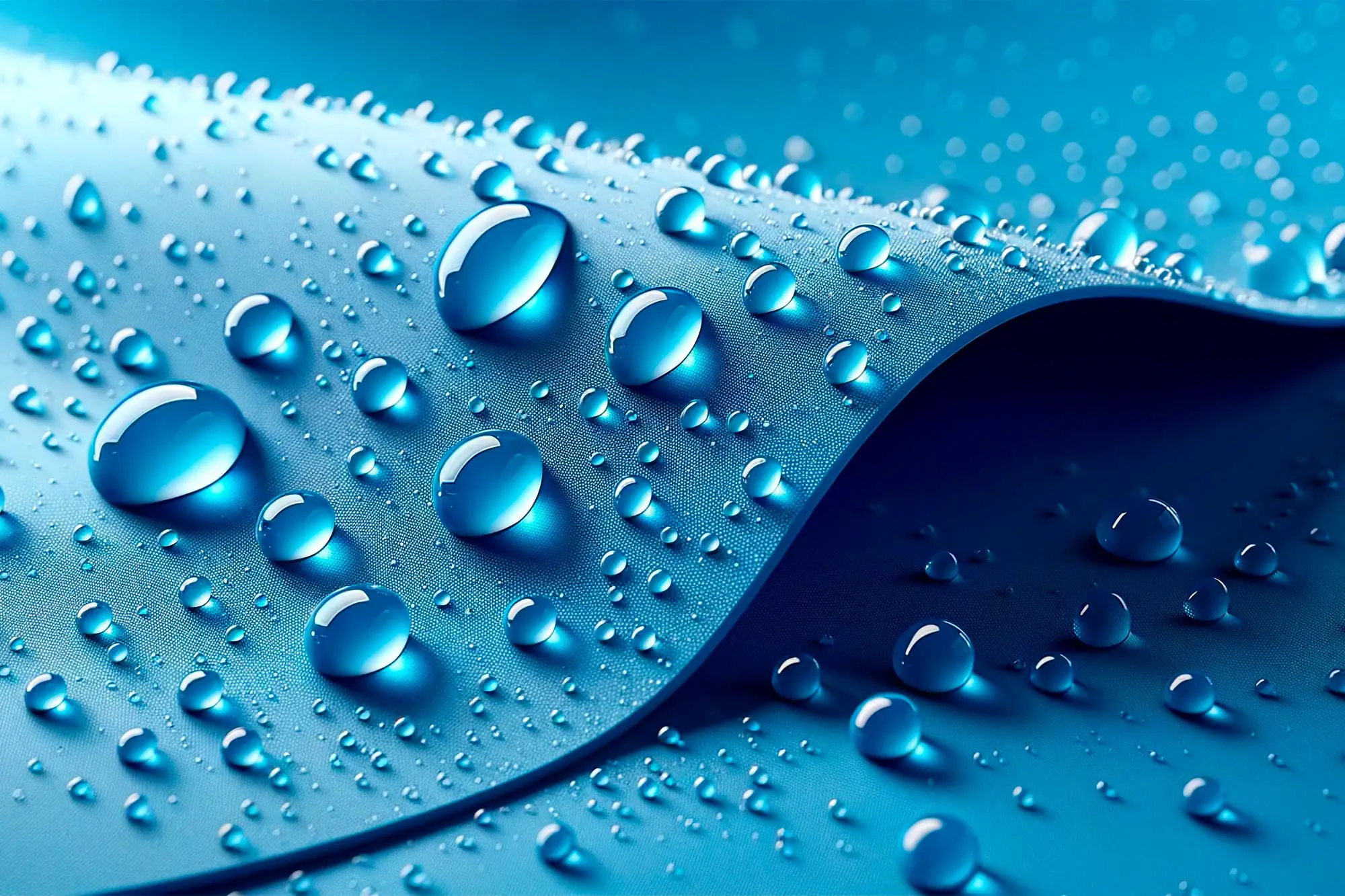In a fascinating tale of biomimicry, researchers have taken a page from nature’s playbook to develop superhydrophobic surfaces with stable plastrons, akin to the ones found in the aquatic spider, Argyroneta aquatica. Unlike other aquatic creatures with specialized adaptations for underwater life, these spiders rely on their air-trapping plastrons to survive underwater, despite having lungs that are designed for atmospheric oxygen. Harnessing the remarkable properties of plastrons could revolutionize various industries by creating long-lasting superhydrophobic surfaces capable of repelling liquids and preventing corrosion, bacterial growth, and more. A collaborative effort led by the Harvard John A. Paulson School of Engineering and Applied Sciences, the Wyss Institute for Biologically Inspired Engineering at Harvard, the Friedrich-Alexander-Universität Erlangen-Nürnberg in Germany, and Aalto University in Finland has achieved a breakthrough in creating superhydrophobic surfaces with stable plastrons that can endure for months underwater.
Decades of Curiosity: The Quest for Stable Plastrons
Scientists have known for nearly two decades that stable underwater plastrons were theoretically possible, but experimental evidence remained elusive. The challenge lay in the need for rough surfaces similar to the spider’s hair-like structures to create plastrons. While roughness is essential for plastron formation, it makes the surface mechanically unstable and vulnerable to even minor changes in temperature, pressure, or tiny defects.
Innovative Techniques and Pioneering Discoveries
To address this challenge, the research team devised a novel approach to evaluate superhydrophobic surfaces. Traditional techniques considered only two parameters, providing limited insights into plastron stability. The team, led by Joanna Aizenberg, Jaakko V. I. Timonen, Robin H. A. Ras, Alexander B. Tesler, and Wolfgang H. Goldmann, introduced a broader set of parameters, including surface roughness, the hydrophobicity of surface molecules, plastron coverage, contact angles, and more. By combining these factors with thermodynamic theory, they could assess the stability of the air plastron.
A Remarkable Achievement: Creating Durable Superhydrophobic Surfaces
With their new methodology and a straightforward manufacturing technique, the team developed an “aerophilic” surface using a commonly used and cost-effective titanium alloy. This surface boasted a long-lasting plastron, outperforming previous experiments by remaining dry for thousands of hours. Notably, it even surpassed the endurance of plastrons found in living species.

Endurance Trials and Beyond
To confirm the plastron’s stability, the researchers subjected the surface to rigorous tests, including bending, twisting, exposure to hot and cold water, and abrasion with sand and steel. The surface withstood these challenges, remaining aerophilic for 208 days submerged in water. It also significantly reduced the growth of E. coli and barnacles, effectively preventing mussel adhesion.
Applications and Future Possibilities
The stability, simplicity, and scalability of this innovation hold immense promise for real-world applications. Potential uses span a wide spectrum, including biomedicine, where it could reduce post-surgical infections or serve as a biodegradable implant. Additionally, underwater applications such as corrosion prevention in pipelines and sensors are on the horizon. In the future, combining this technology with the super-slick coating known as SLIPS (Slippery Liquid-Infused Porous Surfaces) could provide even greater protection against contamination.
This groundbreaking research, published in Nature Materials, exemplifies how nature’s ingenious solutions can inspire the development of novel materials with unprecedented properties, ushering in a new era of possibilities in various industries.
Reference: “Long-term stability of aerophilic metallic surfaces underwater” by Alexander B. Tesler, Stefan Kolle, Lucia H. Prado, Ingo Thievessen, David Böhringer, Matilda Backholm, Bhuvaneshwari Karunakaran, Heikki A. Nurmi, Mika Latikka, Lena Fischer, Shane Stafslien, Zoran M. Cenev, Jaakko V. I. Timonen, Mark Bruns, Anca Mazare, Ulrich Lohbauer, Sannakaisa Virtanen, Ben Fabry, Patrik Schmuki, Robin H. A. Ras, Joanna Aizenberg and Wolfgang H. Goldmann, 18 September 2023, Nature Materials.
DOI: 10.1038/s41563-023-01670-6
Source: scitechdaily.com


